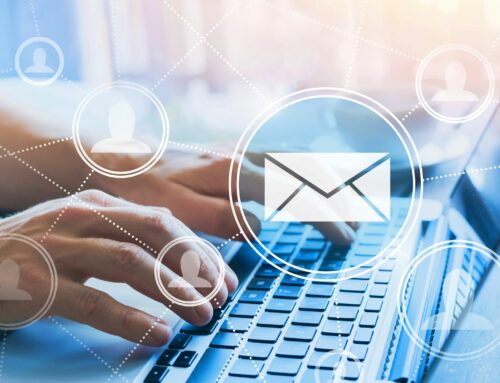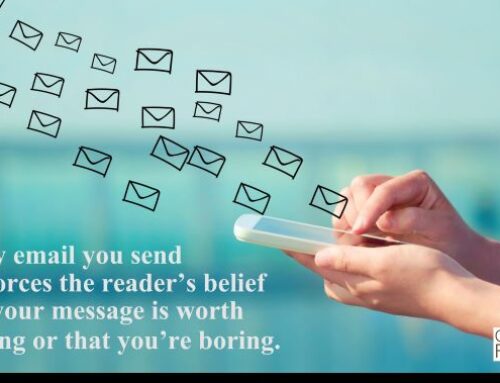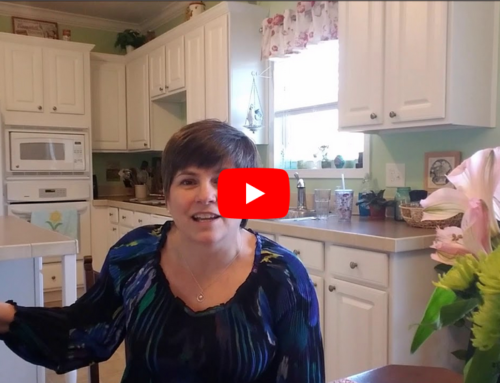
While your mission is what drives your nonprofit, your relationships with donors are what sustain it. The work you do wouldn’t be possible without the generous support of your donors, so it’s vital that you work to build genuine relationships that inspire them to continue giving.
To cultivate these relationships, strategic communication is key. But your staff members can’t always afford to spend time writing emails to donors on top of their other responsibilities. That’s where email automation comes in. By automating your basic email needs, you can engage donors more efficiently.
In this article, we’ll explain what email automation is and explore three strategies you can use to leverage it. Let’s dive in!
What is Email Automation?
Put simply, email automation is a feature of marketing software that allows your organization to set up emails that are automatically triggered by supporters’ actions. You create one or more emails for a specific purpose, such as thanking donors for taking action. Then, when a donor gives, fills out a survey, or takes another specified action, they trigger that message and receive the corresponding email automatically.
By automating your emails, your nonprofit can access these key benefits:
- Enhanced personalization: When you use an email automation tool that integrates with your donor database, your tool will automatically fill in emails with donors’ information. For example, if you use Salesforce and its marketing automation add-on, you can populate emails with data like donors’ first names and most recent donation amounts.
- Less team time spent on emails: All your team has to do is create email templates and configure the recipients in your software. Then, sit back and let your automatic emails do the work.
- Simplified reporting: Most email automation tools include built-in reporting capabilities that allow you to easily generate reports on key metrics, such as email open rates, click-through rates, and overall campaign performance.
If you need help choosing the best email automation tool or leveraging it to meet your goals, consider reaching out to a consultant. Look for a consultant with expertise in your CRM and knowledge of nonprofit priorities. For instance, if your organization uses Salesforce like in our earlier example, you would look for agencies that offer nonprofit Salesforce consulting services.
3 Ways to Enhance Relationships with Automated Emails
Now that you know how email automation works, you can get creative with donor engagement strategies. Start with these three easy ways to cultivate relationships with automated emails:
1. Create a New Donor Welcome Series
It’s crucial to start cultivating positive relationships with donors right from the start of their involvement with your nonprofit—after all, the average retention rate of first-time donors is under 20%.
Fortunately, you can use email automation to start relationships off on the right foot with a new donor welcome series. Write a series of three to five emails designed to welcome new donors into your nonprofit’s community, then set them up to start sending immediately after someone donates for the first time. This series might look like:
- Immediately after a first-time donation, donors get a short letter thanking them for the donation and welcoming them to your nonprofit’s community.
- Two days later, you send a longer email with information about your nonprofit’s work and a link to a blog post about the difference you’ve made in the community so far.
- Two weeks later, you send an email that lists several upcoming events and ways to get involved, along with a link to a survey the donor can fill out to tell you about their interests.
- One month after the initial donation, donors receive a final email closing out the welcome series, thanking them once again and providing links to your website and social media pages so they can stay up to date.
Plus, you can use automation to personalize your welcome series further. Redpath’s Marketing Cloud for Nonprofits guide explains how automation tools that use branching logic allow you to guide recipients down different email pathways based on the actions they take. For example, you might have the welcome series above branch off after the survey email—sending one email to those who took the survey and a different email to those who didn’t.
2. Show Donors Your Appreciation
Thanking your donors and showing them appreciation regularly helps you build stronger relationships and ultimately increases donor retention. Email automation helps you make donors feel like an integral part of your organization by automating a variety of different emails that express your gratitude.
For instance, beyond your typical donation acknowledgment emails, eCardWidget suggests creating a long-term donor appreciation strategy that includes the following:
- Birthday and anniversary emails
- Emails thanking donors at the end of the year
- Happy holidays messages
- Thank-you emails at the end of fundraising campaigns
All of these emails can be automated to ensure that you never miss an opportunity to connect with your donors. Add personalization by setting up these emails to be triggered by the information in your database, such as donors’ birthdays and the campaigns they donated to.
3. Automate Impact Updates
Along with feeling appreciated, donors also want to feel like their donations make a genuine impact on your cause. To prove to them that they do, write fundraising emails that demonstrate each donor’s personal impact.
With automation, you can easily show donors how their individual donations made a difference by populating emails with information from their personal giving histories. Create templates for campaign updates and fundraising appeals that fill in with each donor’s name, gift size, and tangible impact.
For example, take a look at this email thanking donors for attending an auction:
Dear [First Name],
Thank you so much for attending last weekend’s fundraising auction! In total, we raised [$Total Revenue] to support the local animal shelter. Because of your generous donation of [$Donation Size], we’ll be able to provide [Number] of cats and dogs with new blankets, toys, and medicine. We can’t thank you enough for your support—and neither can the animals!
The Bottom Line
Email automation can help you strengthen relationships with donors in no time, but it works best when you combine it with other marketing tools and channels to create a comprehensive donor engagement strategy. Use email automation alongside other channels like social media, text, and direct mail to get the best results.
About the Author
 Caitlin leads the brand, creative and overall go-to-market strategy for Redpath. Offering over 10 years of experience in omni-channel and B2B marketing, she has a history of successfully implementing marketing plans and leveraging campaign analytics to drive revenue. She has a passion in communications and is skilled in empowering cross-functional teams to promote positive company culture and attain collective goals.
Caitlin leads the brand, creative and overall go-to-market strategy for Redpath. Offering over 10 years of experience in omni-channel and B2B marketing, she has a history of successfully implementing marketing plans and leveraging campaign analytics to drive revenue. She has a passion in communications and is skilled in empowering cross-functional teams to promote positive company culture and attain collective goals.
Caitlin has a Bachelors in Sociology from the University of Wisconsin-Madison and a Masters of Business Administration from the University of St. Thomas. When Caitlin is not at work, you can find her reading a good book, sipping on some chai tea, or enjoying activities with her family such as going on walks, boating, and traveling.



